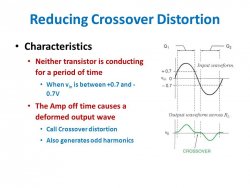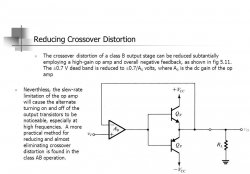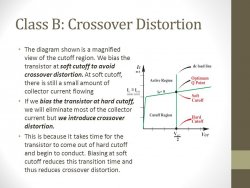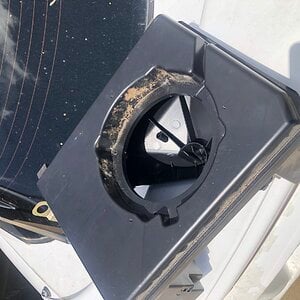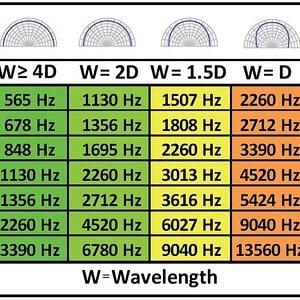Assclowns. That's not like you at all, and please don't take any tone with this because I'm not intending any. But insulting a bunch of people you don't know and discounting their collective experiences all in one go, for the sake of conveniently propping up and perpetuating the notion that all amps do indeed sound the same? I mean, there are countless threads on this, not just one or two guys that say they can appreciate or perceive some type of difference in the presentation of amplifiers paired with speakers that haven't changed. In reading many of those threads over the years, that wasn't my takeaway at all but that's okay, you are entitled to your viewpoint the same as I am. All like-wattage amps do not perform and sound the same and it's an awfully short-sighted perspective to have in a world full of so many different designs. Even from a statistical standpoint, it just shouldn't be possible for that to be the case. RC simply "paints" competing amplifiers very close shades of white (if you will) that are so similar, telling the differences in shade would be all but impossible. Why not simply impose a single criteria to limit the power output of each like-wattage amplifier to a percentage well under clipping, and allow the amps to perform as they would otherwise? In a subjective fashion, since that's what is really being debated to begin with. Not the science of thd or other distortion measurements. Meaning, allow the character of the amp shine through. No, he white washes every and all amplifiers until they do sound essentially identical. Well, congrats on making two different amps sound the same as possible and ask people if they can tell the difference. No wonder people don't hear a difference. Any differences that would have been appreciated would have been subtle and difficult enough.
And there was indeed a fellow who nailed all twelve. Because of that, RC had to go back and adjust levels to within 1/10 of a dB and run the gamut once more. Of course, the gentleman did not repeat his success and no monies were paid out. How convenient. I would imagine listening fatigue might have had a little to do with those results but I wasn't there so it's purely speculation.
Like I said, I don't want to go back and forth with you on this because; 1) I respect you and allow for your viewpoint, and 2) it's a complete waste of our time because you will never convince me and thousands of others there are no differences to be heard in amplifiers. Likewise, I will never convince you that you need to spend two pennies more than is necessary to achieve a sound that is acceptable to the ears on your head. I would simply posit that our ears have different requirements. My question then, is, if all amps sound the same why don't you run the lowest grade garbage that offers the best reliability possible for the shortest money?

